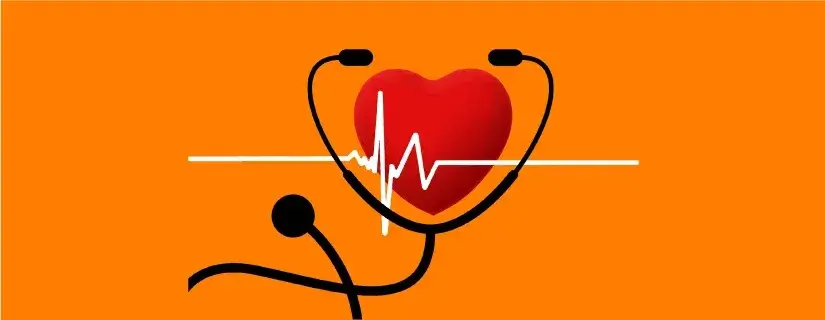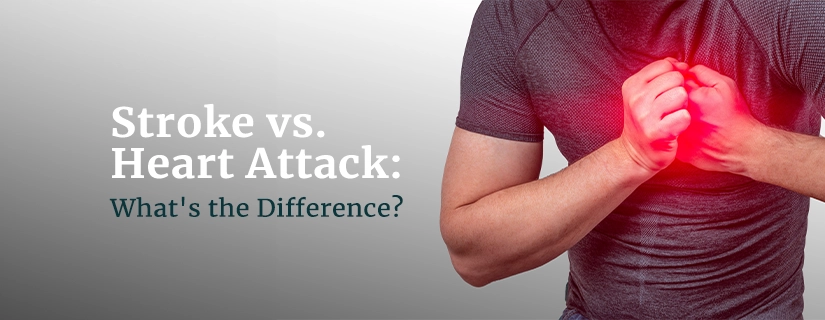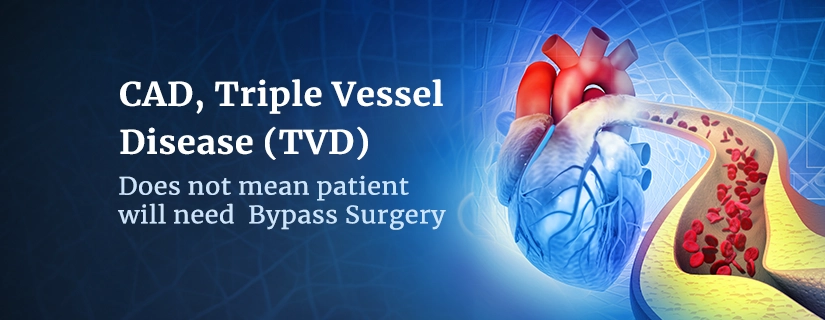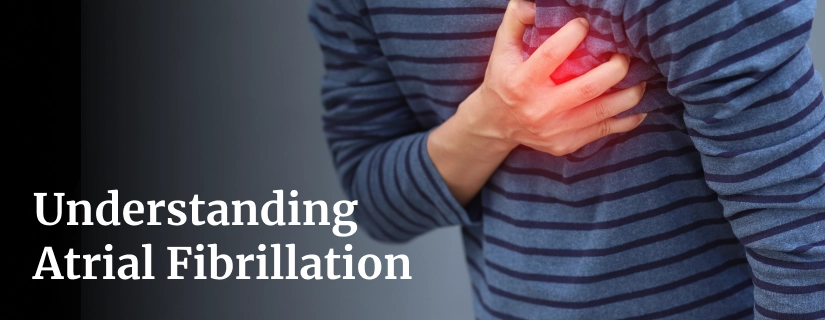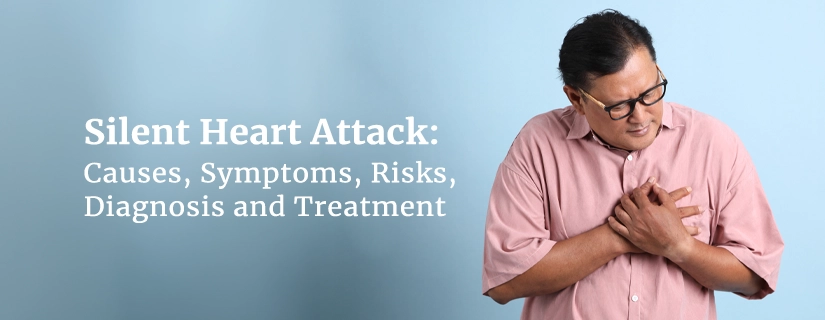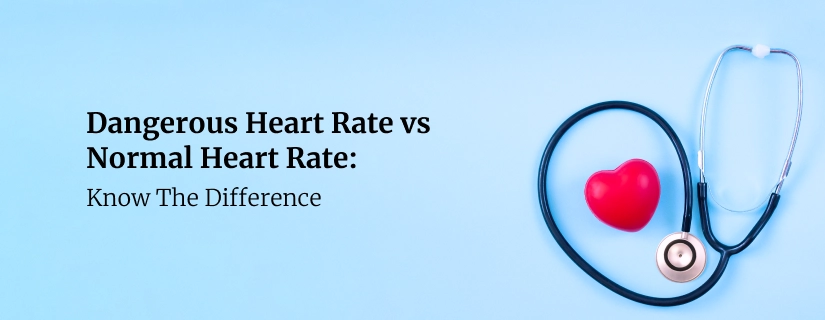-
Doctors
-
Specialities & Treatments
Centre of Excellence
Specialties
Treatments and Procedures
Hospitals & Directions HyderabadCARE Hospitals, Banjara Hills CARE Outpatient Centre, Banjara Hills CARE Hospitals, HITEC City CARE Hospitals, Nampally Gurunanak CARE Hospitals, Musheerabad CARE Hospitals Outpatient Centre, HITEC City CARE Hospitals, Malakpet
HyderabadCARE Hospitals, Banjara Hills CARE Outpatient Centre, Banjara Hills CARE Hospitals, HITEC City CARE Hospitals, Nampally Gurunanak CARE Hospitals, Musheerabad CARE Hospitals Outpatient Centre, HITEC City CARE Hospitals, Malakpet Raipur
Raipur
 Bhubaneswar
Bhubaneswar Visakhapatnam
Visakhapatnam
 Nagpur
Nagpur
 Indore
Indore
 Chh. Sambhajinagar
Chh. SambhajinagarClinics & Medical Centers
Book an AppointmentContact Us
Online Lab Reports
Book an Appointment
Consult Super-Specialist Doctors at CARE Hospitals
Difference Between Heart Rate And Pulse Rate
Updated on 24 April 2025
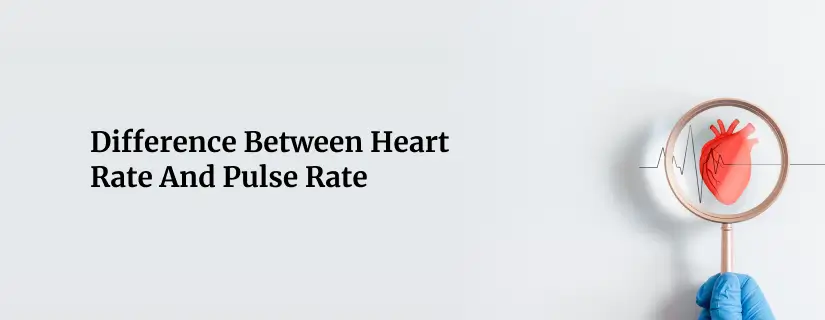
Many people think heart rate and pulse rate are precisely the same thing. While these terms are often used interchangeably, they measure different aspects of heart function. This distinction, though subtle, plays a vital role in medical diagnoses and health monitoring. For anyone interested in cardiovascular health or fitness tracking, knowing whether heart rates and pulse are the same can make a significant difference in understanding their body's signals.
What is Heart Rate?
The heart rate represents the frequency of cardiac muscle contractions, measured as beats per minute (bpm). It is a vital indicator of how efficiently the heart pumps blood throughout the body. Like a car's engine, the heart automatically adjusts its beating frequency to match the body's current needs and circumstances.
A person's heart rate naturally fluctuates throughout the day based on various activities and conditions. The body's internal control system automatically adjusts the heart rate to:
- Respond to physical activity or exercise
- React to emotional states or stress
- Adapt to environmental conditions
- Maintain proper oxygen circulation
- Balance carbon dioxide levels
What is the Normal Range of Heart Rate?
Understanding the normal range of heart rate is crucial for monitoring cardiovascular health. While an average resting heart rate typically falls between 60 to 100 bpm for adults, this range can vary significantly and depends on several factors and age groups.
For children, the average heart rate ranges are naturally higher:
- Newborns to 1 year: 100 to 180 bpm
- Toddlers (1-3 years): 98 to 140 bpm
- Preschoolers (3-5 years): 80 to 120 bpm
- School-age (5-12 years): 75 to 118 bpm
- Adolescents (13-18 years): 60 to 100 bpm
Athletes and regularly active individuals often have lower resting heart rates, sometimes as low as 55 beats per minute, which is considered healthy. An individual's maximum heart rate can be estimated using the formula 220 minus their age in years.
Several factors can influence heart rate measurements:
- Body temperature and environmental conditions
- Emotional state and anxiety levels
- Physical activity and terrain
- Hydration levels
- Sleep quality and recovery time
- Recent illnesses
- Certain medications
When the heart beats slower than 60 bpm, it is called bradycardia ('slow heart'); when it exceeds 100 bpm, it is called tachycardia ('fast heart'). During sleep, it is perfectly normal for the heart rate to drop to around 40-50 beats per minute.
What is Pulse Rate?
The pulse rate represents the physical manifestation of the heart's contractions that can be felt throughout the body. When blood flows through arteries, it creates a wave-like motion that can be detected as a throbbing sensation at various points where arteries run close to the skin's surface.
Doctors can measure pulse rate at several vital locations:
- Radial pulse (at the wrist)
- Carotid pulse (in the neck)
- Temporal pulse (at the temple)
- Femoral pulse (in the groin area)
The measurement of pulse rate provides valuable insights into cardiovascular health. A normal pulse rate should feel steady and regular, much like the ticking of a clock. However, some individuals may experience an irregular pulse, where the rhythm appears uneven or "jumps about."
To measure pulse rate accurately, one should count the pulse beats for 30 seconds and multiply by two to determine the beats per minute (BPM).
For accurate pulse monitoring, doctors recommend checking pulse rate at the same time each day, preferably in the morning before any significant activity. This consistency helps establish a reliable baseline for personal health monitoring and makes it easier to detect any concerning changes in cardiovascular function.
What is The Normal Range of Pulse Rate?
A comprehensive understanding of normal pulse rate ranges helps individuals monitor their cardiovascular health effectively. While the standard range for adults lies between 60 to 100 beats per minute, these values can vary significantly based on numerous factors. These factors include:
- Age plays a crucial role in determining normal pulse rate ranges:
- Newborns to 4 weeks: 100 to 205 bpm
- Infants (4 weeks to one year): 100 to 180 bpm
- Toddlers (1-3 years): 98 to 140 bpm
- Preschoolers (3-5 years): 80 to 120 bpm
- School-age children (5-12 years): 75 to 118 bpm
- Adolescents (13-18 years): 60 to 100 bpm
- Adults (18+): 60 to 100 bpm
- Athletes and regularly active individuals often maintain lower resting pulse rates due to enhanced cardiovascular efficiency. Their hearts can pump blood more effectively with each contraction, requiring fewer beats per minute to meet the body's needs.
- Environmental factors and daily activities can cause temporary fluctuations in pulse rate. High temperatures, increased humidity, or changes in altitude may affect readings.
- Similarly, emotional states such as stress, anxiety, or excitement can trigger the body's fight-or-flight response, leading to elevated pulse rates.
- Certain medications can also impact pulse rate measurements.
- Stimulants, including caffeine and decongestants, may increase the rate, while beta-blockers can lower it. Regular pulse rate monitoring, particularly when starting new medications, helps identify any concerning changes that might require medical attention.
Difference Between Heart Rate And Pulse Rate?
While both heart rate and pulse rate are related to cardiovascular function, they measure different aspects of the heart's activity. To understand these subtle yet essential distinctions, let us examine their critical differences comprehensively.
| Aspect | Heart Rate | Pulse Rate |
| Definition | Number of times the heart contracts per minute | Number of times blood vessels expand and contract per minute |
| Measurement Method | Measured using ECG or heart rate monitor | Measured by feeling pulse points (wrist, neck, temple) |
| What It Indicates | Direct measurement of heart muscle activity | Indirect measurement of blood flow through arteries |
| Measurement Location | Directly at the heart | Multiple points throughout the body |
| Medical Information | Provides specific data about heart health | Offers insights into the overall cardiovascular system |
| Timing Relationship | Original signal | Slightly delayed compared to the heart rate due to blood flow |
| Influencing Factors | Age, sex, fitness level, and medication | Age, sex, fitness level, medication, stress |
| Health Monitoring | Used to track heart conditions | Used to assess circulation and cardiovascular fitness |
| Medical Significance | Can identify arrhythmias and heart conditions | Can indicate circulation problems or shock |
| Accessibility | Requires medical equipment for precise measurement | Can be easily measured at home |
Conclusion
Heart rate and pulse rate measurements serve as vital indicators of cardiovascular health, each providing unique insights into body function. Though closely related, these measurements tell different stories about heart activity and blood circulation throughout the body. Heart rate directly measures cardiac contractions, while pulse rate reflects how these contractions translate into blood flow through the arteries.
Doctors use both measurements to build a complete picture of cardiovascular health. Normal ranges vary significantly across age groups, from newborns to adults, and several factors like physical activity, emotional state, and medications can affect these readings. Athletes and regularly active individuals often show lower resting rates due to improved cardiovascular efficiency.
People interested in monitoring their health can easily track pulse rates at home using various pulse points, while heart rate measurements might require specialised equipment. Regular monitoring helps identify potential health concerns early and provides valuable information about overall fitness levels. Understanding these distinctions allows better communication with doctors and more effective personal health monitoring.
FAQs
1. Are heart rate and pulse rate the same?
While often used interchangeably, pulse rate and heart rate are different. The heart rate refers to the number of times your heart beats per minute. A typical resting heart rate should fall between 60 to 100 bpm, although this can fluctuate slightly from one minute to the next.
2. What is considered a normal range for heart and pulse rates?
Adults' normal heart rate at rest is typically between 60 and 100 bpm. A lower resting heart rate suggests more efficient heart function and better cardiovascular fitness. Pulse rates can vary with age, activity, and fitness level. Athletes often have lower rates, around 40-60 beats per minute.
3. Is a pulse rate of 112 beats per minute considered normal?
A pulse rate of 112 bpm at rest is generally considered high, known as tachycardia. This occurs when the heart beats too frequently, limiting the time it fills with blood between beats.
ENQUIRY FORM
SELECT CATEGORIES
-
Neurosciences (16)
-
Neurology (37)
-
Neurosurgery (14)
-
Orthopaedics (48)
-
Oncology (33)
-
Obstetrics and gynecology (51)
-
Pulmonology (23)
-
Urology (20)
-
Nephrology (13)
-
Psychiatry (7)
-
Dietetics and Nutrition (111)
-
General Medicine (63)
-
Cardiac Sciences (31)
-
Vascular & Endovascular Surgery and Interventional Radiology (10)
-
Gastroenterology (46)
-
Endocrinology (23)
-
Plastic Surgery (10)
-
Critical Care Medicine (5)
-
COVID-19 (16)
-
Dermatology (16)
-
Emergency Care (1)
-
Ophthalmology (4)
-
Pediatrics (14)
-
Laparoscopic and Bariatric Surgery (8)
-
ENT (15)
-
Kidney Transplant (1)
-
Liver Transplantation and Hepatobiliary Surgery (5)
-
General Surgery (3)
-
Internal Medicine (5)
-
Medicine Information
Chest Tightness: Causes, Symptoms, and Home Remedies
YOU MAY ALSO LIKE
RECENT BLOGS
-

Difference Between Heart Rate And Pulse Rate
24 April 2025
Read More
-

Direct Anterior Approach in Total Hip Replacement: Advantages and Challenges
10 April 2025
Read More
-

Zinc Deficiency: Signs and Symptoms, Causes, Treatment
9 April 2025
Read More
-

Chest Pain When Coughing: Causes, Treatment and Home Remedies
9 April 2025
Read More
-

12 Health Benefits of Eating Mushrooms
8 April 2025
Read More
-

7 Health Benefits of Blood Donation You Should Know About
8 April 2025
Read More
-

Implantation Bleeding Vs Periods: Know the Difference
28 February 2025
Read More
-

Bloating During Ovulation: Symptoms, Causes and Remedies
28 February 2025
Read More
Have a Question?
If you cannot find answers to your queries, please fill out the enquiry form or call the number below. We will contact you shortly.












